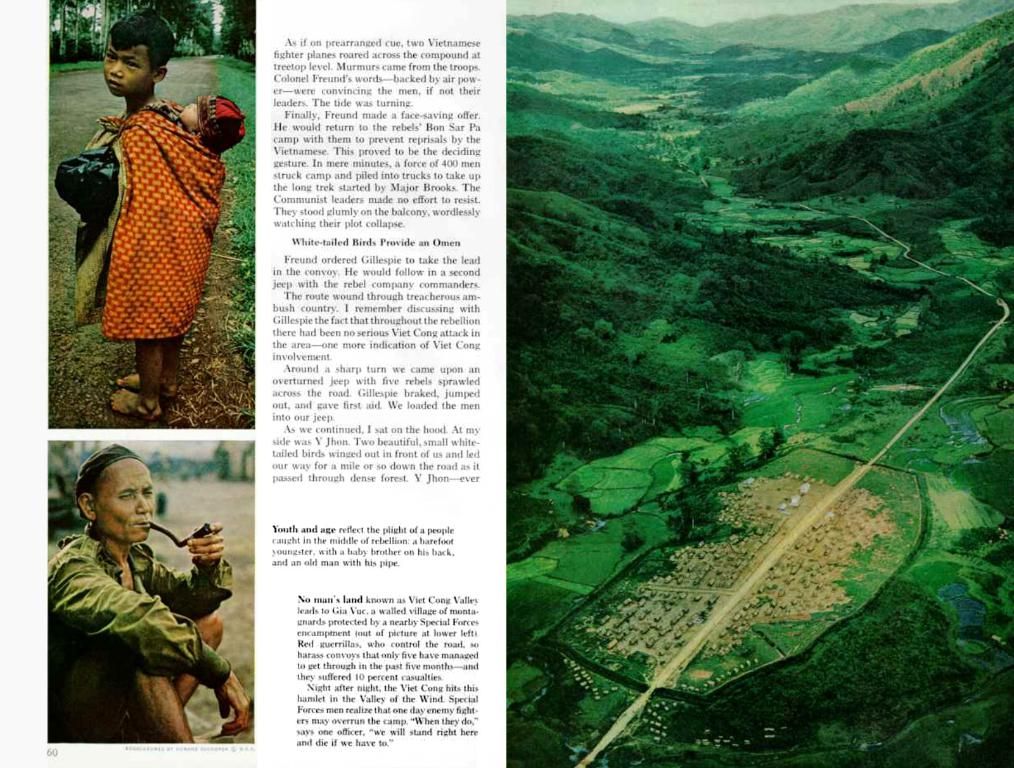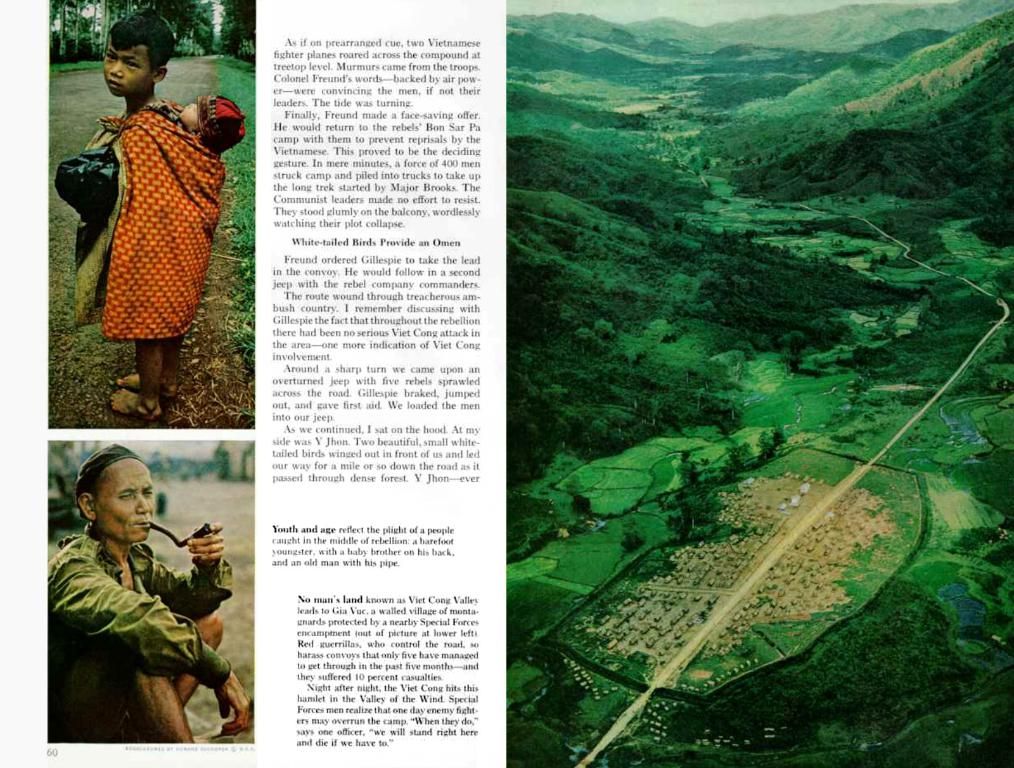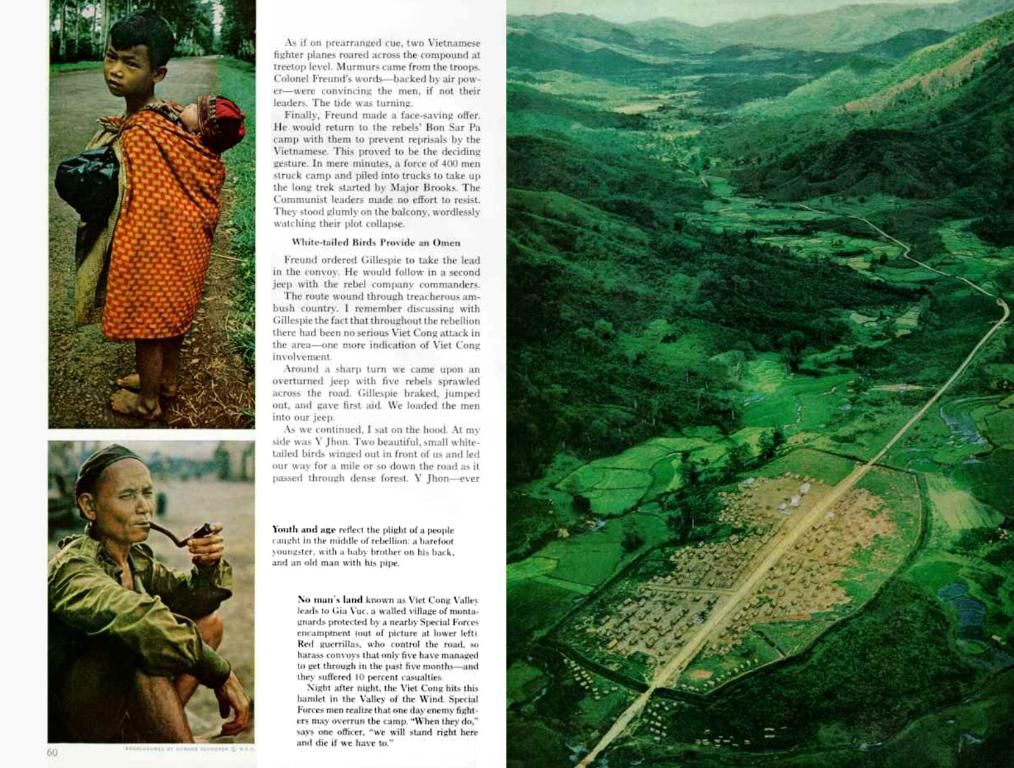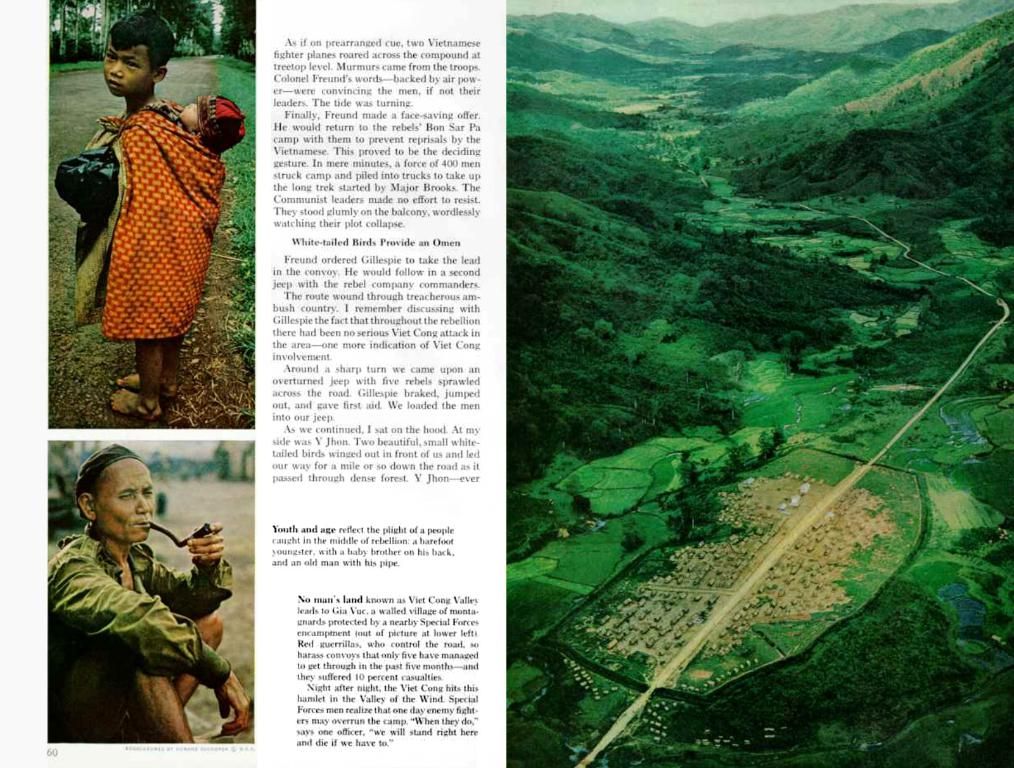Exploration of Two-and-a-Half Dimensional (2.5D) Animation Techniques
Out there in the mesmerizing middle ground of the animation world, say hello to 2.5D animation — the exciting hybrid of 2D and 3D animation that's making waves across digital landscapes. This captivating style delivers a delightful illusion of depth, keeping viewers riveted to their screens.
Rather than being flat or fully dimensional, 2.5D offers a tantalizing in-between, leveraging the simplicity of 2D graphics and spicing them up with a dash of 3D magic. Think of it as a chef's masterful fusion of two delectable flavors, creating a brand new favorite dish.
Over the years, we've used this stunning technique in our explainer video production process, incorporating it to bring stories to life with just enough depth to make scenes pop, without the high expense and complexity of full 3D animation. It's the perfect marriage of the efficiency and clarity of 2D animation, with a hint of 3D's dynamic angles and perspective shifts.
Instead of focusing on adding visual appeal alone, 2.5D animation strategically enhances your storytelling. By moving elements along different planes, it transforms static images into moving stories, giving viewers an immersive sense of both dimension and motion without overwhelming them.
2.5D Animation Explained
How it works
2.5D animation is a term that sparkles with curiosity and mystery. It's a unique blend that takes two-dimensional graphics and adds a three-dimensional twist, but without fully jumping into the world of 3D animation.
Also known as "pseudo-3D," this technique is all about using layers and camera movements to create a sense of depth within a flat image, giving the illusion that elements can pop-out and move in and out of the screen.
Examples of 2.5D Animation Videos
In the past, we've created fantastic examples of 2.5D animation videos using a combination of animation software in the Adobe Creative Suite, such as Illustrator, Photoshop, and Animate. These projects required the use of cameras in After Effects to create more realism and a sense of depth in the videos.
Robot Breakfast Podcast Opener example
ChartLamp Explainer Video example
Mastering 2.5D Animation
Unlike traditional 2D animation, which confines movements to the x and y axes, 2.5D animation introduces a subtle z-axis shift. You'll find this style in many video commercials, marketing videos, explainer videos, and more across the web.
To create the illusion of depth, 2.5D animation employs techniques like parallax scrolling, where background images move slower than foreground images, making scenes feel more immersive while preserving the stylistic and production simplicity of 2D graphics.
Visually, 2.5D animation possesses a unique charm by merging the clean, accessible aesthetics of 2D graphics with the dynamic energy of 3D movements. This style offers a distinctive narrative tool, different from traditional animations, by allowing storytellers to introduce a layer of realism and volume without the complexity and resource demands of full 3D animation.
In contrast to the often resource-heavy 3D models that require extensive rendering, the 2.5D approach maintains the graphical simplicity and stylistic charm of 2D but elevates it with motion effects and depth cues that catch the eye. This combination makes 2.5D an ideal choice for projects that aim for visual impact and depth without breaking the bank on budget or technical resources.
Technical Insights of 2.5D Animations
The creation of 2.5D animations, while deeply rooted in traditional animation principles, embraces modern digital tools and techniques to amplify the illusion of depth in flat images. The process typically involves manipulating 2D layers in a 3D space using digital animation software, where elements are carefully animated to simulate a three-dimensional environment.
Key Tools for 2.5D Animation
Our team primarily uses Adobe After Effects for most of our work when creating 2.5D animations. With its powerful 3D camera, it can manipulate 2D layers in a 3D space, allowing animators to generate depth and movement by adjusting elements along the z-axis, adding realistic shadows, and employing perspective shifts to boost visual impact.
For animators looking to introduce more dynamic, complex movements into their 2.5D animations, tools like Adobe Photoshop and Cinema 4D may be combined. Photoshop is brilliant for refining and preparing 2D assets, offering essential layering and editing capabilities before these elements are animated in After Effects.
2.5D vs 3D Animation
While both 2.5D and 3D animations share similarities in their pursuit of depth and realism, they have notable differences in visual style and demands on resources:
Cinema 4D is one of the top 3D animation software applications used in creating visual effects and animation. Compared to 2.5D animation, which imitates a 3D style, 3D animation delivers more realistic visuals by employing advanced techniques and specialized software.
2.5D animation serves as an excellent choice for projects that seek visual impact and dimension while balancing budgetary constraints and technical feasibility.
2.5D animation example
3D animation example
Top 3 Advantages of 2.5D Animation in Marketing
Visual Appeal and Engagement
2.5D animation engages audiences like no other animation style by blending the classic, irresistible appeal of 2D graphics with the dynamic depth of 3D elements. This visual style captivates viewers by introducing a layer of sophistication to traditional flat images, making static images come alive with motion that's aesthetically pleasing yet fits naturally within a primarily 2D framework. When incorporated into video content on platforms like YouTube, Instagram, and TikTok, 2.5D animations are sure to make a big impression and drive up engagement.
Cost-Effective Compared to 3D Animation
In the world of animation, the choice between 2.5D and 3D often comes down to balancing visual impact and budgetary constraints. Compared to 3D animation, which is expensive due to the complexity of modeling, rigging, and rendering three-dimensional environments and characters, 2.5D animation requires far fewer resources.
By embracing the 2.5D approach — a seemingly 3D style boost for flat images — animators can save both time and money, since 2D elements are manipulated rather than intricately modeled, rigged, and rendered like in 3D animation. This efficiency significantly reduces labor and computational power requirements, with the end result being animations that are beautiful yet budget-friendly.
Versatility Across All Media Platforms
2.5D animation's adaptability across various media platforms underlines its value as a versatile tool for digital marketing. Whether implemented on websites, within mobile applications, or across television broadcasts, 2.5D animations elevate the user experience, making navigation more intuitive and visually interesting.
By integrating 2.5D animations into broader digital marketing strategies, such as social media campaigns or digital ads, marketers can elevate the overall aesthetic and effectiveness of these initiatives. In social media, for example, 2.5D animations can make posts and advertisements more engaging and likely to be shared, thereby increasing reach and impact. On websites, these animations can enrich user interface design, and on TV, they can add depth to advertisements and promotions without the full expense of 3D production.
Creamy Animation's 2.5D Animations: What Sets Us Apart
Crafting Captivating Content
Working in Vancouver, we've dedicated ourselves to creating breathtaking animated videos that make a lasting impact. Our approach combines a unique artistic vision, razor-sharp technical skills, and a meticulous attention to detail, making our animations stand out in a sea of digital content.
We begin the process by deeply understanding our clients' objectives and the stories they wish to tell. This ensures that each animation is not only visually engaging but also strategically aligned with the brand's messaging and audience engagement goals.
Our team of talented designers and animators, armed with state-of-the-art software, masterfully weave traditional animation techniques with cutting-edge digital tools to create seamless 2.5D effects. What truly sets our animations apart is our unrelenting focus on the intricate details and depth that 2.5D animation allows. Our animators excel in manipulating layers to simulate camera movements and depth changes that make flat images appear three-dimensional, resulting in a visually stunning and immersive experience for viewers.
In addition, our collaborative approach with clients throughout the animation process makes Creamy Animation unparalleled in the industry. We believe that the best results come from constant communication and feedback, enabling us to make adjustments and refinements that ensure the final product truly resonates with the intended audience and exceeds client expectations.
This client-focused approach, together with our technical and artistic capabilities in 2.5D animation, allows us to produce bespoke animations that aren't just visually stunning but also strategically impactful. We aim to push the boundaries of 2.5D animation, helping brands tell their stories in a dynamic and memorable way.
Future Trends in the World of 2.5D Animation
Using AR and VR for Enhanced User Experience
As the digital landscape continues to evolve, so does the technology and techniques behind 2.5D animation. Innovations like augmented reality (AR) and virtual reality (VR) may be integrated with 2.5D animation, creating dynamic experiences that extend beyond the screens and into the physical world.
2.5D Games and Interactive Content
The versatility of 2.5D animation is opening new doors for its adoption in various industries and niches, where its impact could be particularly transformative. For instance, the gaming industry is embracing 2.5D games, which combine the ease of navigation and simplicity of 2D graphics with the immersive qualities of 3D environments. This approach appeals to both casual gamers and those seeking more depth in game aesthetics without the full complexity of 3D gaming.
Expansion in the Real Estate and Education Sectors
Going beyond entertainment, 2.5D animation is being used in the real estate and architectural sectors to create engaging virtual tours and presentations featuring realistic depictions of space and depth. In the educational sector, 2.5D animation could revolutionize the presentation of complex content, making it more accessible and engaging for students.
Digital Marketing and 2.5D Animation
In marketing and advertising, the use of 2.5D animations continues to gain traction, making digital campaigns more engaging and shareable. As brands compete to captivate viewers in an increasingly saturated digital marketplace, 2.5D animations offer a unique and striking way to tell brand stories and engage potential customers.
As 2.5D animation continues to expand into these areas, its potential for revolutionizing the way content is created and consumed across various platforms becomes more apparent.
- In the realm of digital marketing, 2.5D animation enhances visual appeal by merging the classic charm of 2D graphics with dynamic depth, making it an ideal choice for creating engaging and shareable content on platforms like YouTube, Instagram, and TikTok.
- The marriage of technology and artistry in 2.5D animation allows for the creation of cost-effective yet visually captivating animations that are a fraction of the cost compared to their fully 3D counterparts. These animations, characterized by their captivating visual style, can significantly increase engagement, reach, and impact for a wide range of marketing initiatives.








